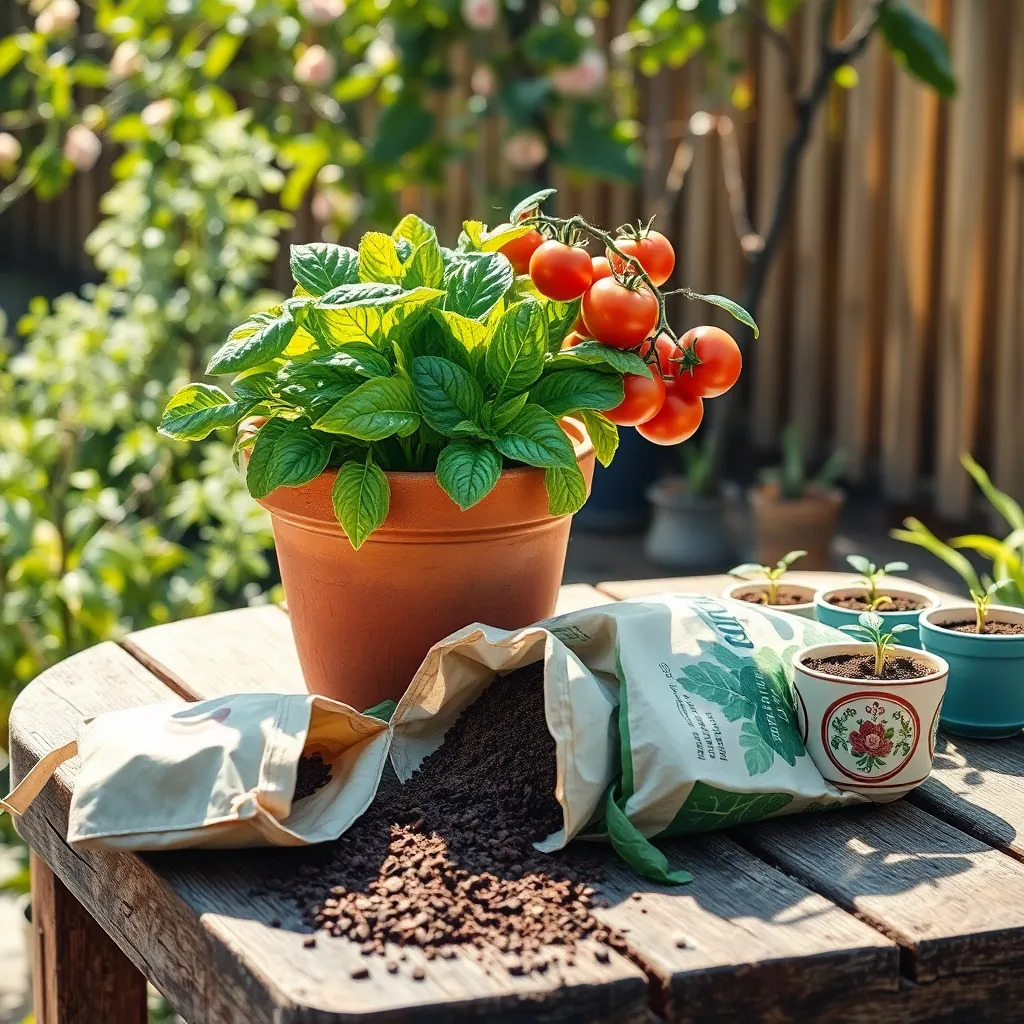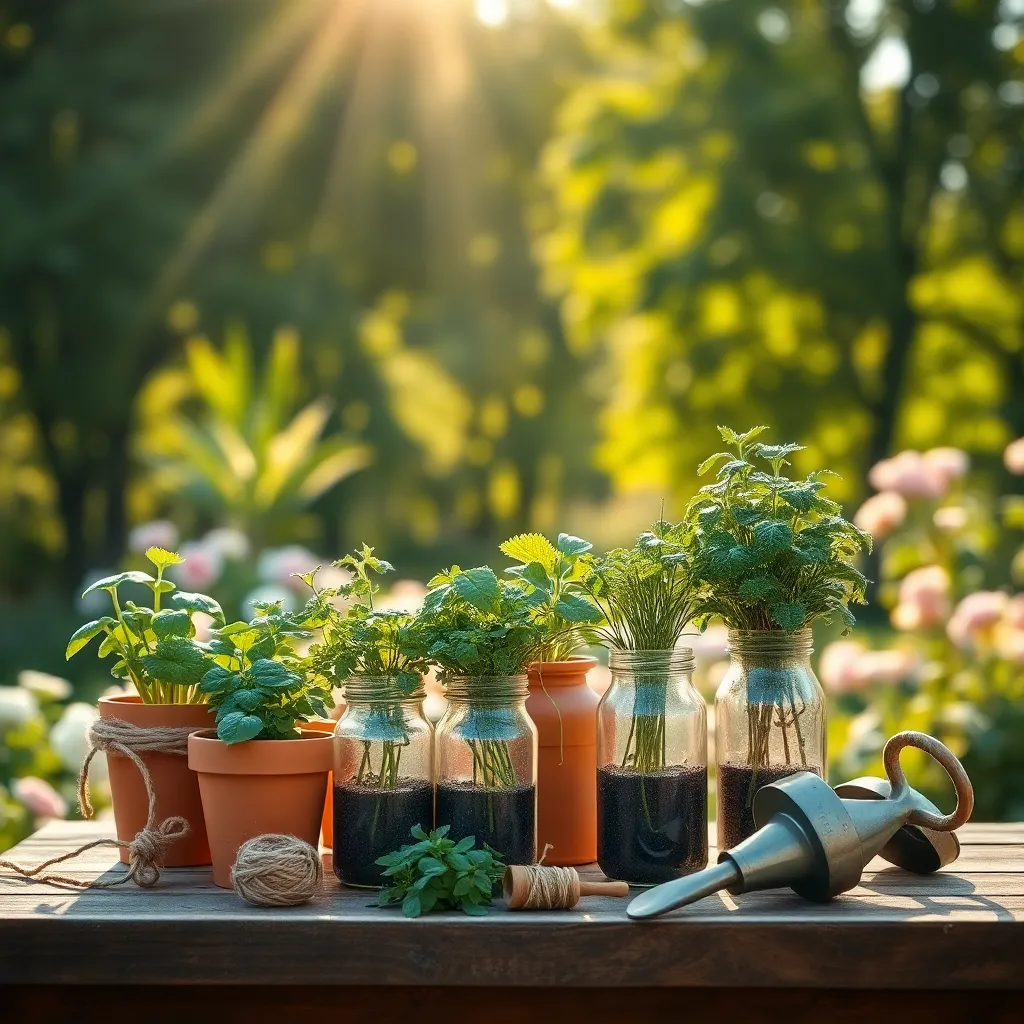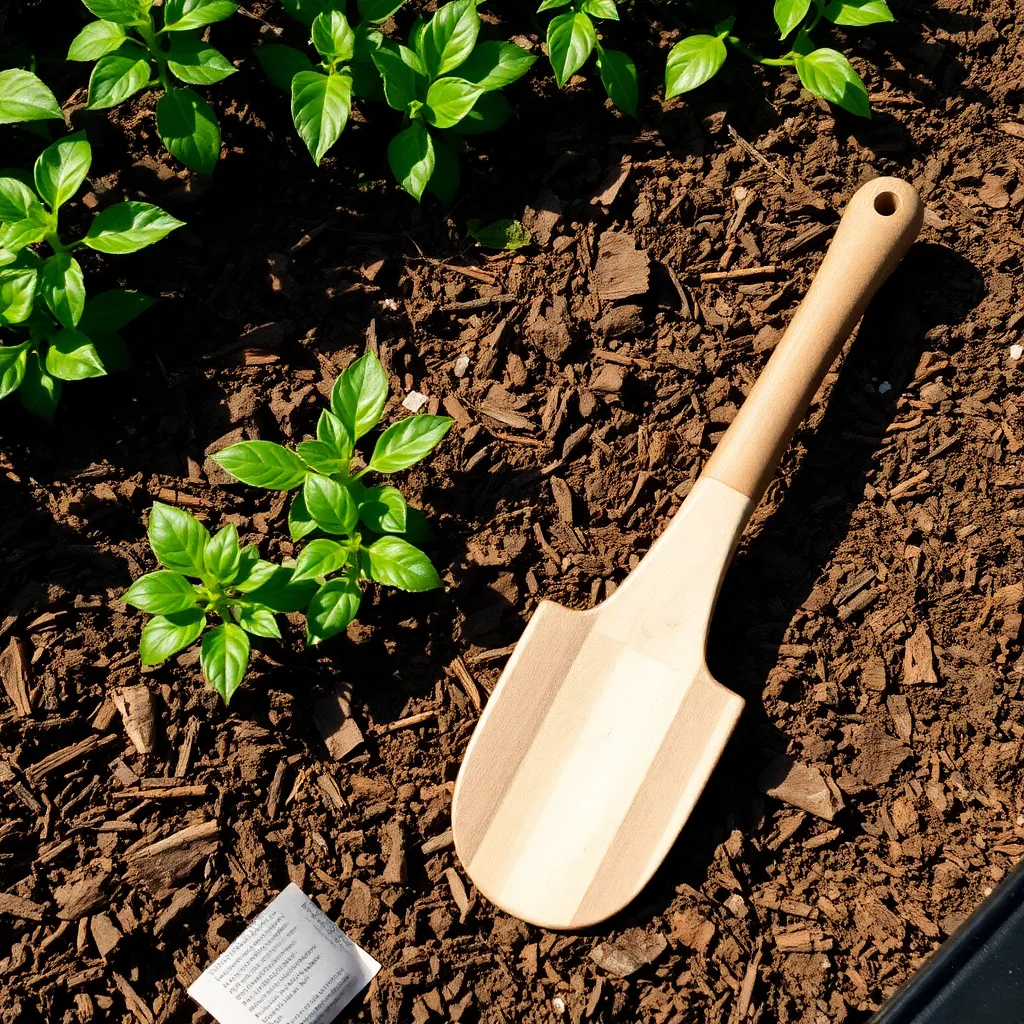Gardening, whether you’re just starting out or have years of experience, can sometimes feel like navigating a lush labyrinth. Yet, with the right tricks up your sleeve, this rewarding hobby can transform into a seamless, joyful experience. This article is your gateway to a treasure trove of simple gardening hacks designed to make your green space thrive, regardless of your skill level.
For beginners, these hacks will demystify some of the challenges that often accompany your first foray into gardening. Meanwhile, seasoned gardeners will discover fresh, creative techniques to enhance their existing practices and breathe new life into their gardens. From clever uses of household items to innovative planting strategies, these tips promise to save you time, effort, and even money.
As we delve into these gardening gems, you’ll learn how to maximize your garden’s potential with minimal fuss. We’ll explore ways to boost plant health, improve soil quality, and even tackle pests using natural, sustainable methods. By the end of this article, you’ll have a toolkit of practical solutions that make gardening not just a task, but a delightful journey.
Use Coffee Grounds for Fertilizer

Coffee grounds can be a valuable addition to your garden, offering a natural way to enrich your soil. They are rich in nitrogen, providing an essential nutrient that helps plants grow lush and green.
Beginner gardeners can start by adding used coffee grounds directly to the soil around plants. Mix them into the top layer of soil to improve aeration and water retention, especially in heavy clay soils.
For a more advanced technique, consider using coffee grounds to create a simple compost. Mix them with other organic materials like leaves and grass clippings to balance the carbon-to-nitrogen ratio for optimal decomposition.
It’s important not to overuse coffee grounds, as they can alter soil pH levels. Limit their application to no more than 20% of your total compost volume to avoid soil acidity issues.
Create DIY Self-Watering Pots

Creating DIY self-watering pots can be a game-changer for busy gardeners. These pots help maintain consistent moisture levels, ensuring plants thrive even when you’re away for a few days.
To make your own self-watering pot, start with a large container that has no drainage holes. Drill two holes: one in the side near the base for overflow, and another on the top edge for filling the reservoir.
Insert a wicking material—such as cotton rope or strips of old T-shirt—through the base of the inner pot. This material should touch the water reservoir below, drawing moisture up to the soil as needed.
Fill the inner pot with a well-draining soil mix, like one containing peat, perlite, and vermiculite. This helps prevent root rot while ensuring your plants get the water they need.
For added efficiency, choose plants that naturally thrive in consistently moist conditions, such as ferns or peace lilies. More experienced gardeners can experiment with water-loving varieties like tomatoes, which benefit greatly from steady moisture.
Repurpose Eggshells for Seedlings

Repurposing eggshells as seedling starters is an eco-friendly and effective way to begin your gardening journey. These natural containers are rich in calcium, which can benefit soil health as they decompose.
Start by carefully cracking eggs in half, rinsing them, and letting them dry. Once prepared, fill each eggshell with a seed-starting mix, such as a light, well-draining soil blend, to provide optimal conditions for germination.
Plant a single seed in each eggshell and place them in a sunny location, such as a windowsill. Ensure they receive consistent moisture by lightly watering them daily, but avoid waterlogging, which can lead to rot.
When seedlings are ready to be transplanted, gently crush the eggshells in your hands before planting them directly into the garden. This technique not only minimizes transplant shock but also enriches the soil with calcium as the shells break down.
Plant Companion Herbs Together

Pairing herbs together in your garden can be a game-changer for both plant health and flavor. **Companion planting** involves growing certain herbs in proximity to enhance growth, deter pests, and improve flavor.
Consider planting **basil and tomatoes** together, as basil can help repel insects that often plague tomatoes. For the best results, plant them in well-draining soil and ensure they receive at least six hours of sunlight each day.
Another excellent pairing is **rosemary and sage**, which thrive in similar conditions and can protect each other from certain pests. Both herbs prefer sandy soil and require infrequent watering, making them perfect companions for a low-maintenance garden.
For those with a bit more experience, try growing **chives and carrots** together; chives help deter carrot flies with their strong aroma. Ensure both plants are spaced appropriately, using rich soil and watering them consistently to achieve a healthy harvest.
Mulch with Newspaper Layers

Using newspaper as mulch is an effective way to suppress weeds and retain soil moisture. Begin by laying down a few sheets of newspaper, about 5-7 layers thick, directly onto the soil around your plants.
It’s important to wet the newspaper thoroughly after laying it down to ensure it stays in place and begins breaking down. This simple technique not only improves soil health as the paper decomposes but also enhances the water retention capabilities of your garden bed.
For best results, cover the newspaper with a layer of organic mulch like straw, wood chips, or leaves, which adds an extra layer of protection and improves the garden’s appearance. This practice is particularly beneficial in vegetable gardens, where consistent moisture levels are crucial for healthy plant growth.
Advanced gardeners might experiment with different types of newspaper to compare their effectiveness. Avoid colored inks, as they may contain toxins that can harm your soil’s health.
Conclusion: Growing Success with These Plants
In exploring the vibrant world of gardening together, we’ve uncovered five key relationship concepts that can cultivate stronger bonds. First, communication blossoms when both partners actively listen and share. Second, patience is a virtue that allows relationships to grow at their own pace. Third, teamwork transforms challenges into opportunities for growth. Fourth, nurturing your shared environment fosters a sense of unity and purpose. Finally, celebrating small victories together boosts confidence and reinforces partnership.
To bring these concepts to life, why not plant something simple together today? Whether it’s a small pot of herbs or flowers, this shared activity can be a tangible step towards nurturing your connection.
Don’t let these insights slip away—bookmark this article now to revisit these practical tips whenever your relationship needs a little tending.
Remember, the seeds you plant today can lead to a flourishing partnership tomorrow. By embracing these gardening hacks, you’re not just enhancing your green thumb but also laying down roots for lasting relationship success. Empower your relationship journey with action, and watch love grow in ways you never imagined.

